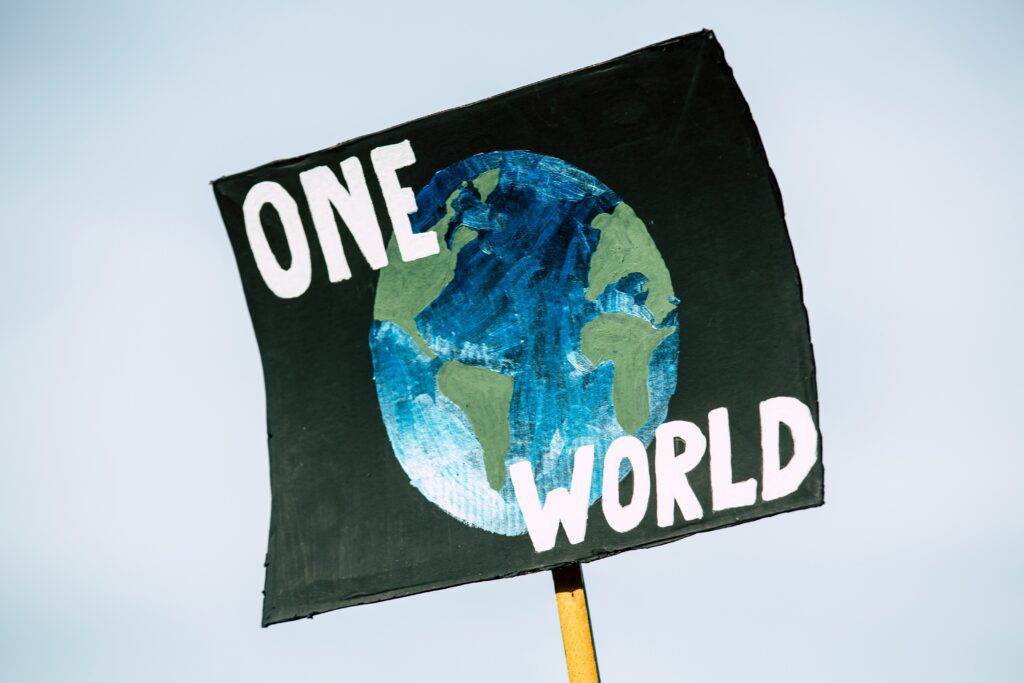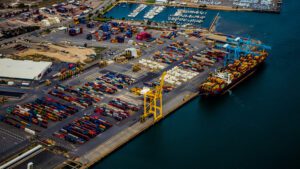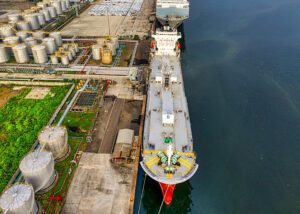To limit average global temperature rises to 1.5 degrees Celsius above preindustrial levels, climate finance worldwide needs to escalate to approximately $9 trillion annually by 2030, a stark increase from just under $1.3 trillion in 2021-22, writes Foreign Policy. According to the International Energy Agency (IEA), approximately $2.7 trillion, or 30 percent, of this required climate finance must be provided by the public sector, while the remaining 70 percent needs to be secured from the private sector.
This demand for climate finance is monumental. Yet, when placed alongside other governmental spending priorities, the $2.7 trillion in public funding appears attainable. In 2022 alone, governments spent $7 trillion on fossil fuel subsidies, indicating potential for reallocating resources towards climate action.
A significant portion of this $2.7 trillion must be directed to developing countries in the form of grants and concessional loans, writes FP. Official development assistance (ODA) cannot bridge this gap alone. ODA reached a record high of $287 billion in 2022, primarily due to reallocations for Ukraine’s defense. However, typical annual figures hover around $236 billion.
According to the Foreign Policy article, developing countries, in particular, face challenges not only in securing private finance for mitigation projects but also in obtaining low- or no-cost public finance for adaptation and loss and damage efforts.
To address these challenges, China has launched an ambitious campaign to reduce its dependency on food imports by 2033, writes Reuters. The country, the world’s largest importer of agricultural products, aims to achieve 92% self-sufficiency in staple grains and beans by that year, up from 84% during 2021-2023. However, experts warn that these targets will be difficult to meet due to China’s limited arable land and water resources.














